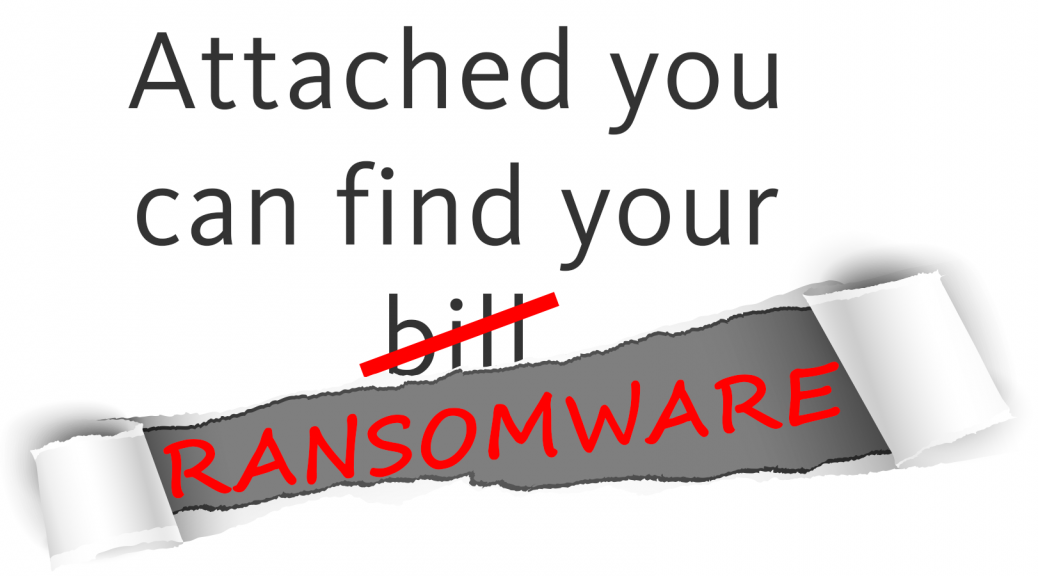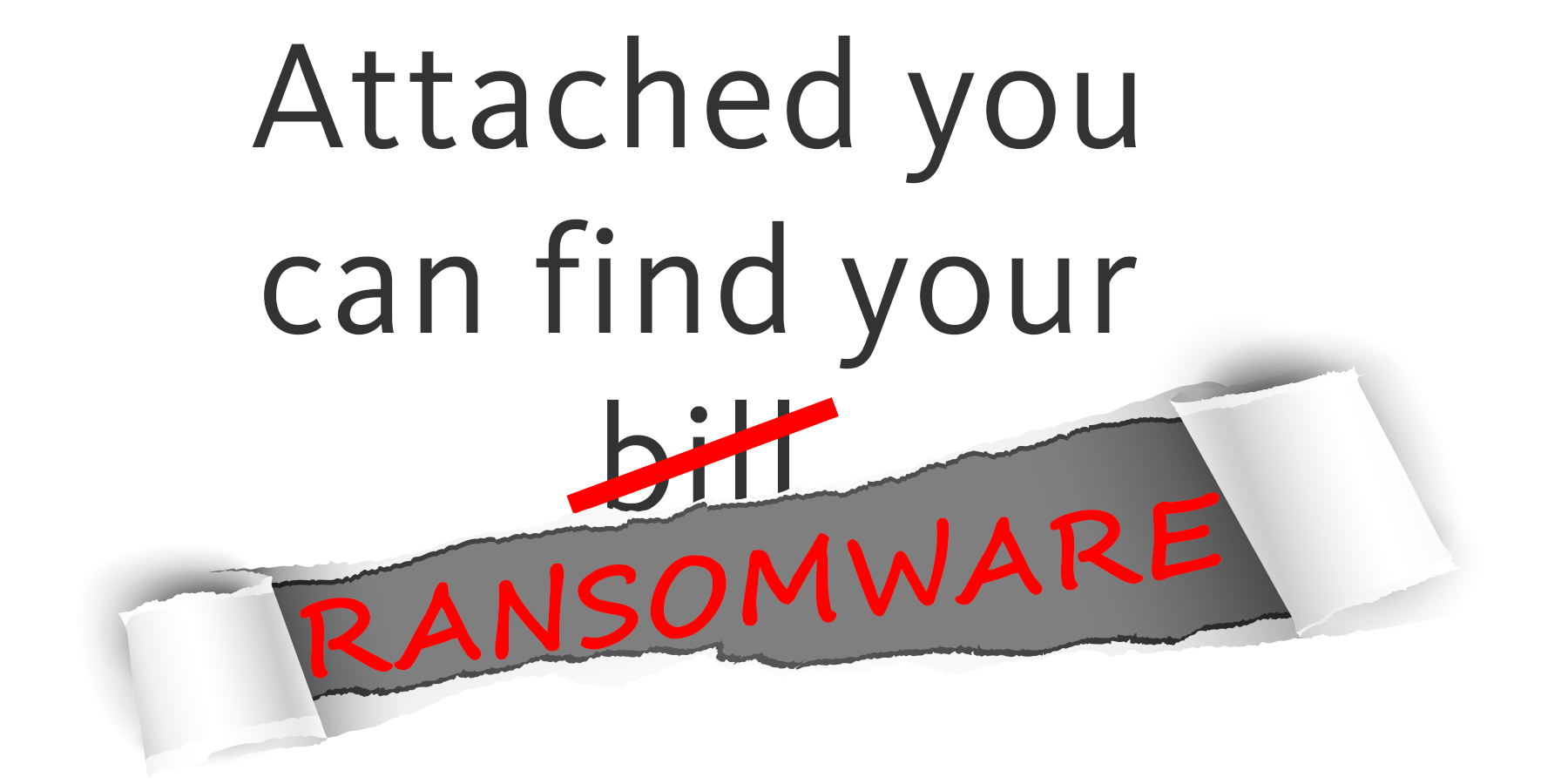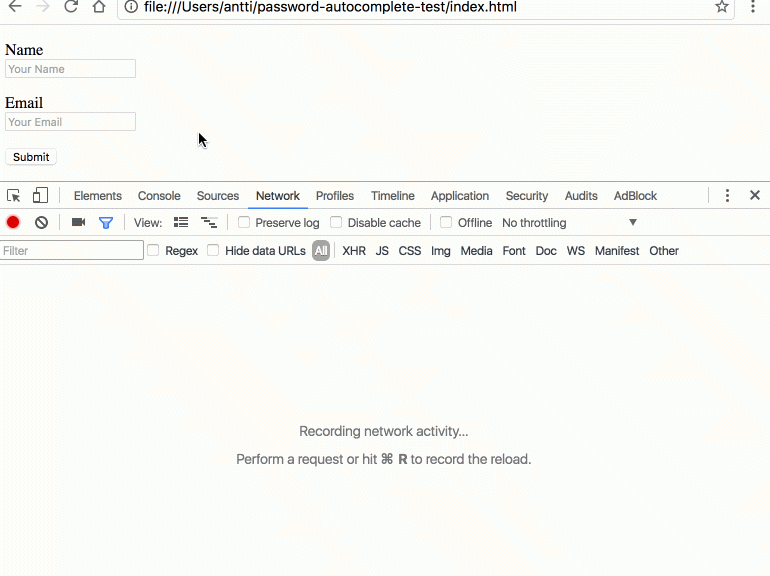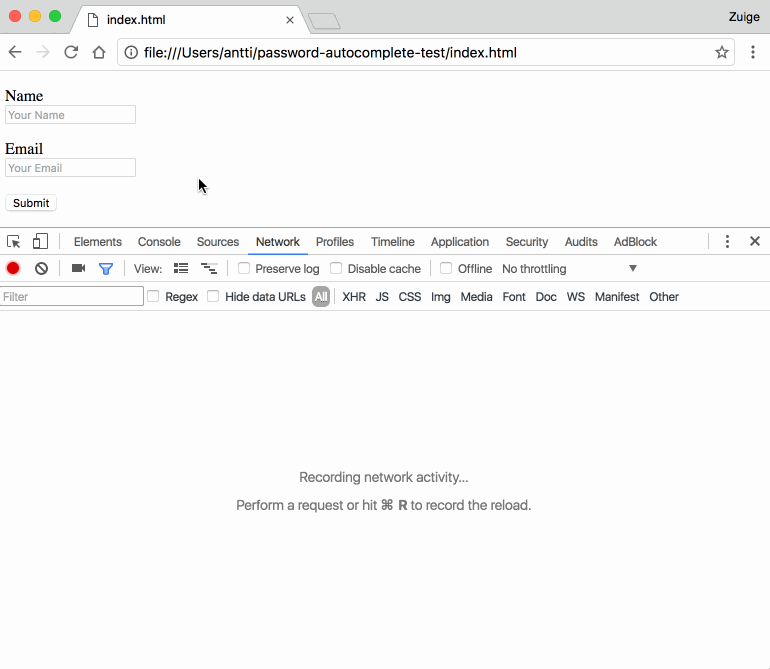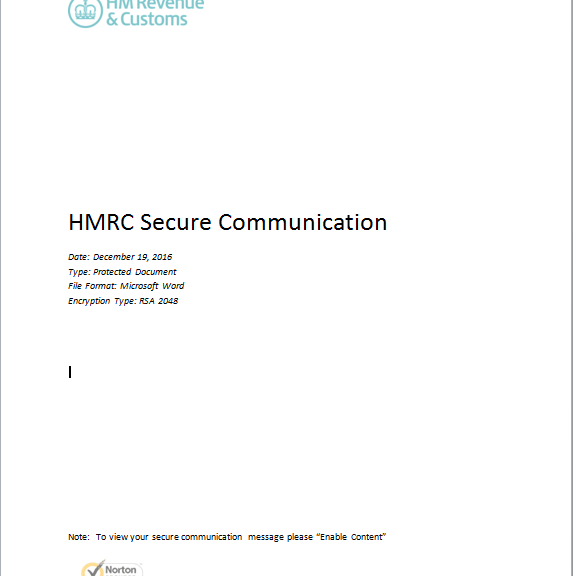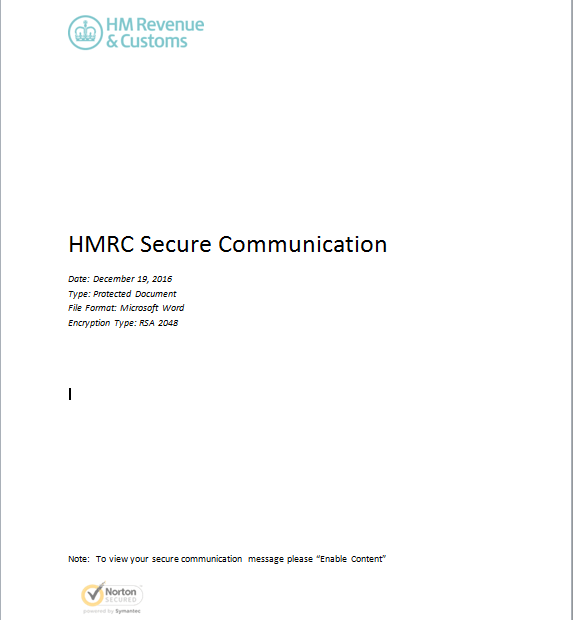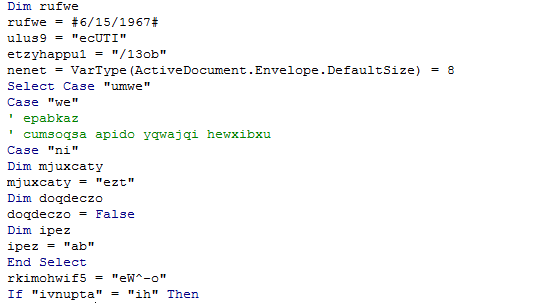
6 steps to protect yourself from being fleeced
The following could be the story plot of the next Hollywood horror blockbuster. Average Paul works hard all year to put food on the table like millions of Americans. And being the good guy that he is, Average Paul understands that paying taxes is part of the game (even though he feels he pays too much of it).
Now, Average Paul has heard he could file his taxes online. He thinks it’s worth a shot: he’s expecting a bit of money back, and if there’s enough, he’ll take the family to Indiana to visit the in-laws. Some websites even say e-filing with them is completely free so why would he go to a physical agent. There’s nothing wrong about that!
So far, so good.
The IRS, which administers the Internal Revenue Code here in the US, is keen to get a share of Average Paul’s revenues and has set-up a secured website for that very purpose. So has scammer Joe Crook, but his website isn’t secure at all. And this is where the horror story begins.
Average Paul is a busy guy, he’s gone online at the end of his latest shift, and he’s entered all sort of personal information on a website he found on Google. The problem is, he’s not on the IRS Internet site, neither he is on a certified website that helps in preparing and e-filing his federal and state Income taxes. He’s made his way onto Joe Crook’s fake website, and he’s about to get scammed.
Preparing your tax returns is a battle itself. Everyone wants to pay the least they can. It’s one of those universal truths. How can you make sure you’re not sharing confidential details with shady characters like Joe Crook? How can you do the right thing without being left out of pocket later on?
How to keep your sensitive information secure and share it only with the right people?
Follow these six steps for complete peace of mind:
- Make sure the website you’re on is legit. It sounds like a no-brainer, but scammers are well-versed in creating sites that look the real thing. They will even use similar logos and design to spoof you. Don’t be fooled by bogus websites that mirror the official IRS website, or the ones that claim to be secure and help you save money, but a lacking a simple https:// encryption.
- Stay clear of phishing threats: The IRS saw a 400 percent surge in phishing and malware incidents in the 2016 tax season. We are pretty sure numbers are rising in the current 2017 tax season. Don’t let Joe Crook pose as a government representative, or someone who claims can help you save money.
- Take control of your email inbox. Don’t act upon emails instructing you to “update your IRS e-file immediately.” Unsurprisingly, such emails are unlikely to originate from an official government agency. Always be careful and verify the origin of the email.
- Keep your wits about yourself. Scammers change tactics all the time – countless individuals fall for the typical IRS phone impersonation scam. Don’t be one of them, and don’t give away personal information if you receive a call from someone claiming he represents IRS. It is very likely, he/she doesn’t.
- File your tax return on time. It sounds obvious, and it is: you’re much more likely to fall for a scam if you’ve missed that crucial deadline. Scammers will attempt to put you under pressure, so beat the rush by filing in early. Be smart!
- Be protected! Having in mind, we are spending a huge portion of our time staring at screens at work or using our mobile handsets; we need to make sure the information on these devices is secure. Antivirus companies, like Panda Security, are here to the rescue informing you every time you go to a website that might be harmful.
Last year the IRS disclosed that more than 700,000 social security numbers and other sensitive information had been stolen. Sadly, there’s no silver bullet to protect yourself when those entrusted with our information fail to keep it safe! Fortunately, you can take action by protecting your computer and mobile devices from malware and virus with Panda Security. The company has brought to the market multiple packages to suit all budgets. It pays to protect your computer.
This tax season, be clever and don’t let Joe Crook fleece you out. By being protected, you are not only saving yourself, but you are preventing Joe Crook from developing his so-called “business.” Don’t support the scammers by being unprepared!
The post Paying taxes is taxing enough appeared first on Panda Security Mediacenter.
